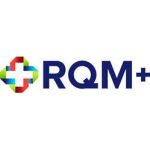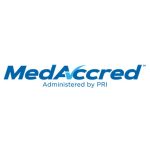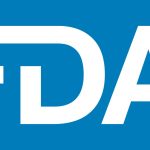Recently, several Medical Device companies have been making the news for some record settlements, recalls and court cases:
- Stryker, the artificial hip implant company, announced that it has reached a settlement of thousands of lawsuits related to those who claimed to be injured by a hip replacement in which the replacement’s ball and cup components were both made of metal material. The estimated cost to the company is about one billion dollars.
- Richard-Allan Scientific, a subsidiary of Thermo Fisher Scientific, discovered that the defective products returned from several customers were found to have from 0% to 3 percent Formalin content instead of the required 10 percent. A too low or too high concentration of Formalin will not properly preserve tissues, and can damage them.
- Hudson RCI Pediatric Anesthesia Breathing Circuits, manufactured by Teleflex Medical, are being recalled because the ends of the devices may crack or break before or during use. This could cause serious health risks, including delayed patient treatment and breathing difficulties, and even possibly death if not replaced immediately.
- Going to court soon are Boston Scientific, Johnson & Johnson’s Ethicon Inc. unit and C.R. Bard Inc. facing more than 72,000 claims in both state and Federal level courts. The trials concern claims from women who seek damages stemming from injuries they believe were caused by the company’s transvaginal mesh devices. The transvaginal mesh device is one of the most sued-over medical devices in U.S. history.
With an aging population, technological innovations and more and more people needing medical devices for a sustained quality of life, the risk of long-term harm or damages increases when devices are not manufactured, imported or used properly. FDA is working hard to ensure the safety of consumers. In fact, the Medical Device Reporting (MDR) regulation (21 CFR 803) contains mandatory requirements for manufacturers, importers and device user facilities to report certain device-related adverse events and product problems to FDA (from FDA’s website).
Manufacturers: Manufacturers are required to report to FDA when they learn that any of their devices may have caused or contributed to a death or serious injury. Manufacturers must also report to FDA when they become aware that their device has malfunctioned and would be likely to cause or contribute to a death or serious injury if the malfunction were to recur.
Importers: Importers are required to report to FDA and the manufacturer when they learn that one of their devices may have caused or contributed to a death or serious injury. The importer must report only to the manufacturer if their imported devices have malfunctioned and would be likely to cause or contribute to a death or serious injury if the malfunction were to recur.
Device User Facilities: A “device user facility” is a hospital, ambulatory surgical facility, nursing home, outpatient diagnostic facility or outpatient treatment facility, which is not a physician’s office. User facilities must report a suspected medical device-related death to both FDA and the manufacturer. User facilities must report a medical device-related serious injury to the manufacturer or to FDA if the medical device manufacturer is unknown.
To learn more on the subject, go to the FDA’s website on Medical Device Reporting (MDR).





